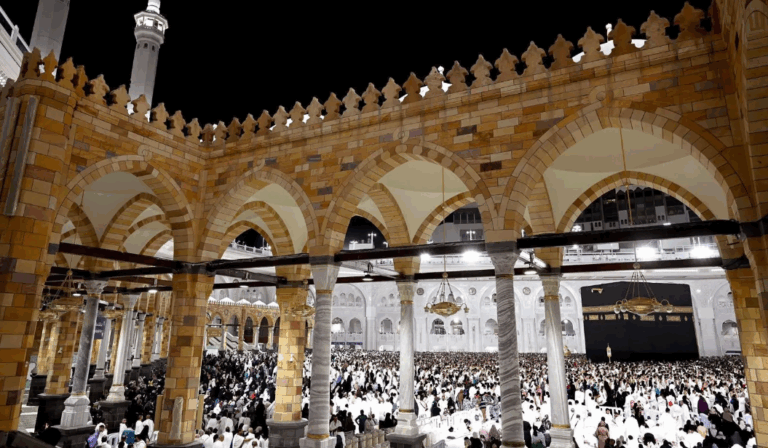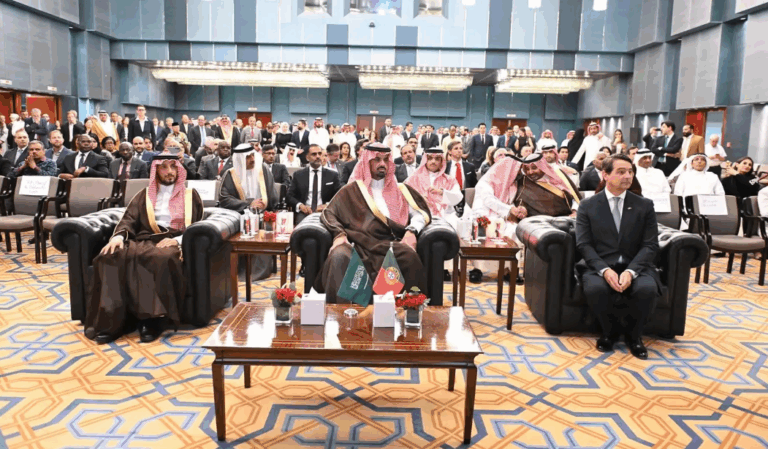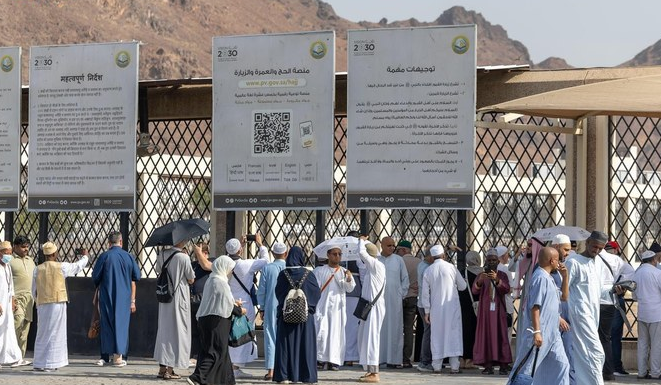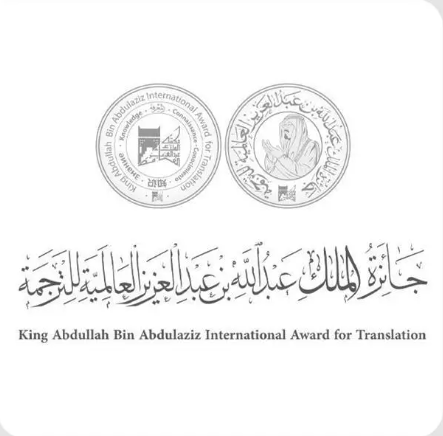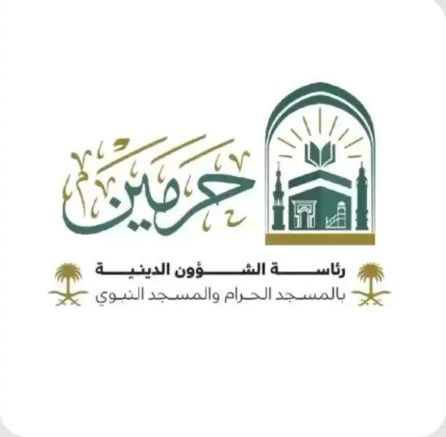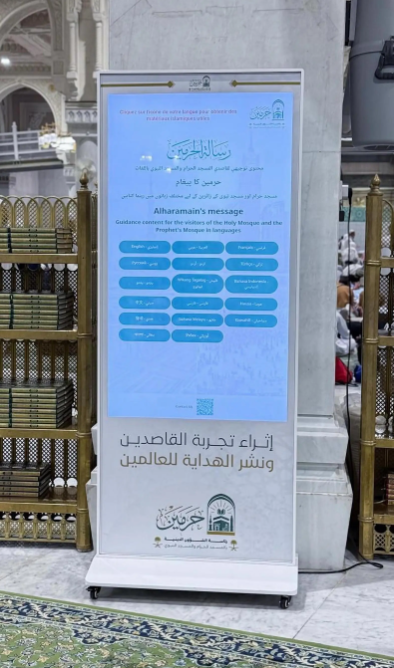**Title:**
Digital Museum Elevates Falconry Heritage
**Intro:**
The King Abdulaziz Falconry Festival (Dec 9–19, 2024) in Riyadh merges tradition with technology through its immersive digital museum. Hosted by the Saudi Falcons Club in Malham, the exhibition explores falcon biology, conservation, and the overlooked legacies of women in falconry, blending cultural narratives with interactive learning in Arabic and English.
**Factbox:**
**Event:** King Abdulaziz Falconry Festival
**Dates:** Dec 9–19, 2024
**Location:** Malham, Riyadh
**Organizer:** Saudi Falcons Club
**Highlights:** Digital exhibits on falcon species, anatomy, and history; profiles of women pioneers like Eleanor of Arborea; bilingual interactive platform. Celebrates falconry’s global cultural legacy.
*(47 words)*
**Exploring the King Abdulaziz Falconry Festival: A Digital Dive into Falconry’s Legacy**
*Riyadh, December 09, 2024* – The King Abdulaziz Falconry Festival, hosted by the Saudi Falcons Club at its Malham headquarters north of Riyadh, has become a beacon for cultural heritage and technological innovation. Running until December 19, the event merges tradition with modernity, offering visitors an immersive journey into the world of falconry through its groundbreaking **digital museum**—a first-of-its-kind experience in the region.
—
### **A Digital Gateway to Falconry’s Rich Heritage**
Upon entering the festival, guests are greeted by an integrated electronic platform that serves as the portal to the digital museum. Available in both Arabic and English, the museum combines interactive displays with scientific and historical insights, making it accessible to a global audience. Here’s what awaits inside:
#### **1. Falcons Unveiled: Species, Science, and Survival**
The museum’s core exhibit delves into the biology and ecological roles of falcons, spotlighting four iconic species:
– **Gyr Falcon**: Known for its Arctic resilience and striking white plumage.
– **Peregrine Falcon**: The fastest animal on Earth, capable of diving at 240 mph. Subtypes like the *tundra* and *highland* peregrines are showcased, emphasizing their adaptability to diverse habitats.
– **Lanner Falcon**: A skilled hunter native to Africa and the Middle East.
– **Saker Falcon**: Revered in Arab culture for its strength and role in traditional falconry.
Interactive modules explore their hunting tactics, migratory routes, and conservation challenges, alongside real-time data on global efforts to protect these raptors.
#### **2. Anatomy of an Apex Predator**
A detailed 3D exhibit dissects the falcon’s physiology, highlighting evolutionary marvels:
– **Head**: Sharp vision, with eyesight eight times keener than humans.
– **Chest & Wings**: Muscular structure enabling explosive speed and agility.
– **Legs & Talons**: Razor-sharp claws for capturing prey mid-flight.
This section underscores how evolution has fine-tuned falcons into nature’s most efficient hunters.
—
### **Falconry Through the Ages: Women Who Shaped History**
One of the museum’s most captivating segments celebrates **women who pioneered falconry**, challenging stereotypes and shaping conservation laws:
– **Eleanor of Arborea** (14th-century Sardinia): A judge and ruler who enacted Europe’s first wildlife protection laws, safeguarding falcons and their nests.
– **Royal Trailblazers**:
– *Queen Elizabeth I* (England): Advocated falconry as a symbol of royal authority.
– *Queen Christina of Sweden*: Hosted lavish falconry hunts at her court.
– *Mary, Queen of Scots*: Found solace in falconry during her imprisonment.
– **Global Icons**:
– *Catherine the Great* (Russia): Commissioned falcon-themed art and literature.
– *Chand Bibi* (India): The “Warrior Sultana” depicted in Mughal art with her beloved falcons.
These stories reveal falconry’s role as a cross-cultural bridge, uniting empires through shared admiration for the birds.
—
### **Conservation Meets Culture**
Beyond biology, the museum emphasizes falconry’s enduring cultural significance:
– **Saudi Heritage**: Falcons symbolize Bedouin traditions of survival and companionship. The festival honors this legacy through live demonstrations, including falcon auctions and breeding workshops.
– **Global Connections**: Portraits of Queen Sophie Amalie of Denmark (shown with her white falcon) and artifacts from Eurasian royalty illustrate how falconry transcended borders.
—
### **Why Visit?**
The digital museum isn’t just an exhibit—it’s a call to preserve a timeless art. By blending cutting-edge technology with storytelling, the Saudi Falcons Club has created a space where history, science, and culture converge. Whether you’re a falconry enthusiast or a curious traveler, the festival offers a rare glimpse into a tradition that has soared through centuries.
*Plan Your Visit*: The King Abdulaziz Falconry Festival runs until December 19 at Malham, Riyadh. Tickets and virtual tours are available via the Saudi Falcons Club’s official platform.
—
**Final Thought**: In a world racing toward modernity, this festival reminds us that some traditions—like the bond between humans and falcons—are timeless. The digital museum ensures this legacy will inspire generations to come. 🦅✨
*Keywords*: King Abdulaziz Falconry Festival, Saudi Falcons Club, digital museum, falconry history, women in falconry, peregrine falcon, Saudi cultural heritage.
**15 FAQs About the King Abdulaziz Falconry Festival and Its Digital Museum**
1. **When and where is the King Abdulaziz Falconry Festival taking place in 2024?**
The festival is held at the Saudi Falcons Club headquarters in Malham, north of Riyadh, from December 9 to December 19, 2024, featuring cultural and educational exhibits on falconry.
2. **What educational opportunities does the digital museum provide?**
The museum offers detailed insights into falcon species, their anatomy, conservation history, and falconry’s cultural legacy through interactive displays available in Arabic and English for global visitors.
3. **Which falcon species are prominently featured in the museum’s exhibits?**
The museum highlights the gyr, peregrine, lanner, and saker falcons, showcasing their traits, behaviors, and ecological roles via multimedia and interactive content.
4. **What specialized information is shared about the peregrine falcon?**
The exhibit explores peregrine subtypes like tundra and highland falcons, detailing their habitats, hunting techniques, migration patterns, and ongoing conservation efforts to protect the species.
5. **How does the museum explain the anatomy of falcons?**
A scientific breakdown examines physical adaptations, including the head, chest, thighs, and legs, illustrating how these features enhance their prowess as apex predators.
6. **Which historical women are celebrated for their contributions to falconry?**
Notable figures include Eleanor of Arborea, Queen Elizabeth I, Queen Christina of Sweden, Mary Queen of Scots, Sophie Amalie of Denmark, Catherine the Great, and Chand Bibi of India.
7. **What conservation milestones are highlighted in the museum?**
The museum credits Eleanor of Arborea for pioneering 14th-century laws protecting falcons and nests, laying groundwork for modern wildlife conservation policies in Europe.
8. **How does the museum connect falconry to global cultural heritage?**
Exhibits emphasize falconry’s historical role as a symbol of power and prestige among global royalty, with artifacts and stories spanning Europe, Scandinavia, Russia, and India.
9. **Is the digital museum accessible to non-Arabic speakers?**
Yes, all exhibits and information are available in both Arabic and English, ensuring accessibility for international visitors and fostering cross-cultural appreciation.
10. **What interactive features enhance the museum experience?**
Visitors engage with multimedia displays, anatomical models, and immersive storytelling about falcon behavior, migration, and the history of falconry across civilizations.
11. **Why is Eleanor of Arborea significant to falconry history?**
As a Spanish judge, she enacted early laws banning illegal falcon hunting and nest destruction in Catalonia, influencing future European wildlife protection frameworks.
12. **How did royal women like Elizabeth I engage with falconry?**
Falconry symbolized status and skill; queens like Elizabeth I embraced it as a sport, often depicted with falcons to project authority and connection to nature.
13. **What role does the festival play in preserving Saudi heritage?**
It celebrates falconry’s deep roots in Arabian culture while educating visitors on ecological conservation, aligning with Saudi Arabia’s Vision 2030 goals for cultural preservation.
14. **Are international falconry traditions covered in the museum?**
Yes, exhibits span global traditions, from European royalty to Chand Bibi’s influence in India, highlighting falconry’s universal appeal across diverse societies.
15. **How does technology enhance learning at the digital museum?**
Integrated platforms use interactive screens, 3D models, and bilingual narratives to deliver engaging, accessible content on falcon biology, history, and conservation efforts.
**CTA (Call to Action):**
Don’t miss your chance to witness the intersection of heritage and innovation at the **King Abdulaziz Falconry Festival**! Whether you’re a falconry enthusiast, a history buff, or simply curious, visit Malham, north of Riyadh, before the festival concludes on **December 19, 2024**. Scan the digital museum’s QR code at the entrance, dive into interactive exhibits, and let the stories of these majestic birds inspire you. Book your tickets now and join a global community celebrating the art of falconry!
**Conclusion:**
The King Abdulaziz Falconry Festival is more than an event—it’s a bridge between past and future, culture and conservation. By blending cutting-edge technology with centuries-old traditions, the festival not only honors Saudi Arabia’s deep-rooted connection to falconry but also educates a new generation on the ecological and historical significance of these awe-inspiring birds. From the anatomical marvels of falcons to the trailblazing women who shaped falconry’s legacy, every exhibit reinforces the timeless bond between humans and nature.
**Gratitude:**
A heartfelt thank you to the **Saudi Falcons Club** for curating this extraordinary experience and to all visitors for embracing the spirit of falconry. Your participation ensures that this ancient art continues to soar into the future. Share your festival moments using **#FalconryLegacy** and keep the conversation alive—because preserving our shared heritage begins with awareness, appreciation, and collective passion. See you at Malham! 🦅✨

